Catfish are everywhere, and they’re becoming a huge problem on the Internet.
No, we’re not talking about the ones in the ocean; we’re talking about the fake profiles on social media and online apps.
How do you know if you’re talking to a catfish online? Well, we’re going to explain a foolproof method on catching catfish.
It comes in two stages, and it is courtesy of YouTube user GradeAUnderA.
What Is a Catfish?
For those who don’t know what a catfish is, it is someone who makes an account on social media and pretends to be someone else, usually by using someone else’s pictures instead of their own. Anyone who creates a fake profile on Facebook, Instagram, Twitter, etc. is considered an (online) catfish.
One common example we see all the time is when someone is talking to a gorgeous model he/she has never met before. In reality, that’s not the case at all. They’re probably talking to an online criminal.
1. The Google Image Search
The first thing you want to do after you found a sketchy profile is to right-click on the image and click ‘Copy Image URL.’
Now, go to Google Images, and click on the camera icon.
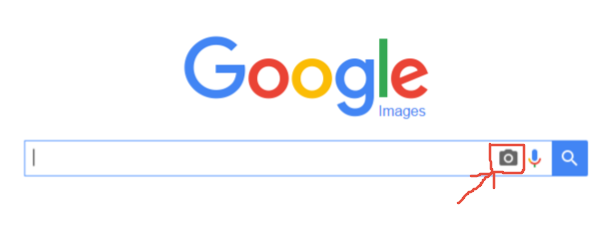
It will pop open this screen.
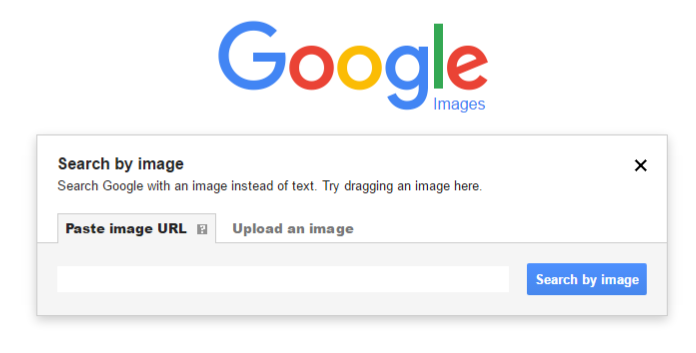
Now, paste the image URL in the search bar under ‘Paste image URL’ and then click ‘Search by Image.’
Let’s use an example to make it easier and more ‘pleasing to the eye.’
Let’s Go Fishing (with Google & Google Images)
Let’s say you get a new follower or a friend request from someone like this: a nice looking girl on Instagram who goes by the username Rebccaxoxo.
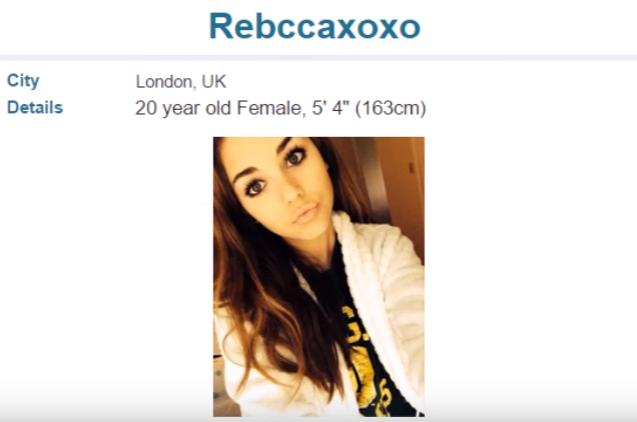
She gives you a quick message in your inbox: “Hey. How are you?”
What do you do? (Hint: Do NOT reply.)
The answer: check to see if it’s a fake account on Google Images!
Take a look at all the results we found just by pasting her image URL into the search bar.
We know this is a fake account now. Why? Because Google was able to access her real name: Maggie Lindemann. (If you open another tab and google her name, you’ll find her Instagram account in the search bar. She’s very well known in England and has over 1.5 million Instagram followers.
Google’s search bar didn’t only track the image (the JPG). It didn’t only give you 47 search results with same selfie. It also searched for the name of the person linked to the image!
Pretty cool, huh? Nothing gets past Google!
Have a look at this video from Google. It explains how to search by image in more detail:
2. Spot Catfish by Making a Simple Request
The Google Image search should do the trick when trying to spot a catfish. However, in case you don’t fully trust Google – for whatever reason – you can try this:
Ask them to send you a picture touching their ear with their pinky finger. Simple!
Now you’re probably thinking, “Why would I do that?”
Think about it. Catfish can only send you pictures they can find online. How many pictures can you find of someone taking a selfie while touching their ear with their pinky finger? None!
It’s something so specific yet so random at the same time. Plus, it filters out all the images they can find of the person they’re pretending to be.
Of course, you could ask them to take a picture of themselves doing something else. Ask them to put their left hand around their head touching their right ear, for example. (As long as it also shows their face, you’re good to go.)
The point is to make them do something that would be difficult for them to do and entertaining for you if they decide to do it.
What Will Happen When You Ask Someone to Do This?
They will get really defensive and try to blame you when you catch them.
“Why do you want me to do that? Don’t you trust me?”
They will not want to talk to you anymore because you know that you caught their fakeness.
It doesn’t matter anyway, because you’re going to put them out of their misery: by reporting them! 😉
Conclusion: Watch Out for Online Catfish (They Bite)
That is the simple guide to spotting a catfish. May your time on social media be fun, fruitful, and catfish-less!
If you watch some catfish stories, there is a show called Catfish that documents several episodes of people who actually fall victim to online catfish.
…And if you have any other interesting techniques on how to catch online catfish, you’d like to share, be sure to email us at info@onlinesense.org.


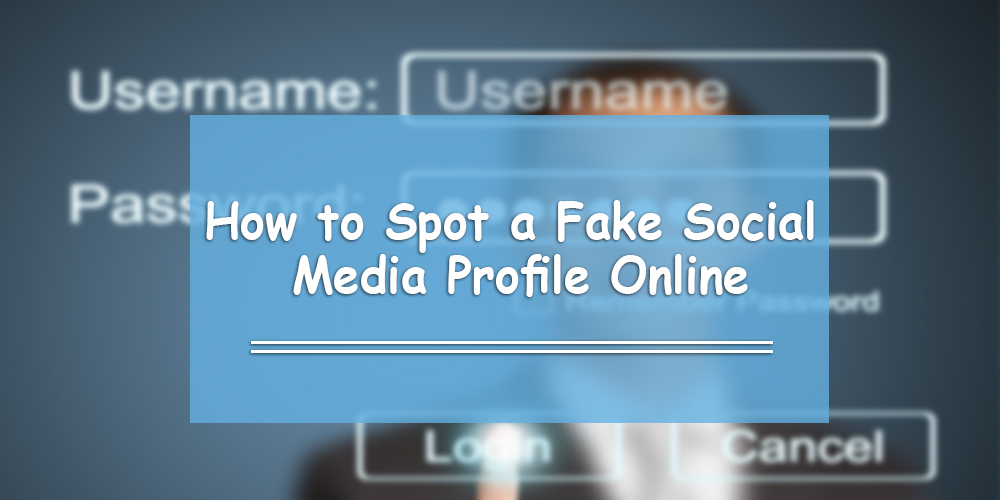
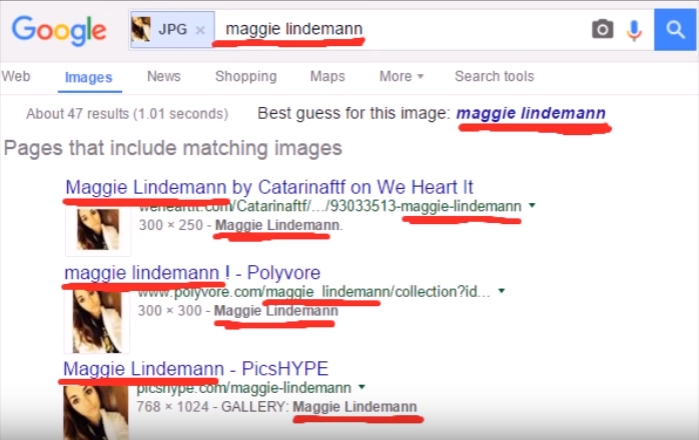
So I added this girl on Facebook messenger, and she seemed legit, but her English is off! Says some off they wall things sometimes! What kind of info can she get about me if she isn’t who she says???
She can get all the information you share with her or have on your profile. And yes, she has a transcript of your chat with her. Therefore be careful about not sharing any of your personal information including, home address, school address, cell number, email id, pictures etc. Basically, any information that will help her track you in real life, access your net-banking account or any other account (e.g. cloud storage) that has your personal information. We are not saying she is certainly going to do that, but it’s always good to stay on the safe side.
Online Sense Team
Hello…I have a trickier question, or maybe not, lol! I play a wheel of fortune game on apps…this guy has been having conversations with me…I actually asked him a question first about the game…he said no problem, just ask him if I had anymore future questions…since we have been talking about the countries we live in, interests, etc. I’ve never given my address or last name, or phone number…but is there a way to find out if they are who they say they are! We can still make friends and not everyone is bad in the world, but I don’t want to eventually type something wrong…I’ve talked to him for 4 months and no matter how long I go before texting, he is extremely accurate about who he is, the number of his kids, etc. I figure a scammer wouldn’t waste 4 months on someone to text something stupid, would they?or wouldn’t they push for a last name, at least, within a week or so? Thank you for any reply…
Don’t underestimate a catfishes patience. The romance scammer I dealt with spoke to me daily for 2.5yrs without barely putting a foot wrong. I was floored to find everything was a lie that he was highly skilled at maintaining
Thank you very much for this well informative answers. i really appreciate this. May God bless you more.
I am struggling with this Google Image Search thing. Keep getting this when I do a search
The URL doesn’t refer to an image or the image is not publicly accessible.
This guy has been chatting with me for a few months but something says he isn’t who he says he is. What can I do?
Try to click on his image and save it to your computer or on your phone, then when in Google image search, upload that picture to Google and have it do a search.
If on a laptop or desktop, right clicking the mouse or trackpad should give you this option. The other options is that your web browser cache should have a copy of the image file, you could look in there and then upload the corresponding files to Google that way by selecting them.
Another thing, if you think a person is a catfish, you’re more than likely right. If this person won’t do what is mentioned above and won’t show their web profile as hand written in their newest picture, don’t trust them.
Hope this helps!
Had a random girl add me on twitter. Ran her photo theough google and it came up as her being angie varona. I pulled her over it and asked them to be honest. They got very defensive and now keep saying they love me etc. Is there a way to expose this person? I’m annoyed that they are manipulating someone else’s account and claim to be part of the business that is on the twitter page. They seem to know alot about. Help please.
Introduce yourself to the person that she / he / it / they are impersonating and show them the profile of the fake. The next thing to do is blast it on your own profile and the more users you have the better.
If a person is using, “love” at this point in the game, that’s a ploy to get you to stop questioning their motives, let alone not expose them for being an outright fraud. You can report them on Twitter as impersonating someone else or even yourself, if people are doing that.
Hammer this person in social media and don’t let up, they know they’re doing something wrong and there is no excuse for it.
I hope that this information is useful to you and others.
This google thing is crazy. I uploaded a photo…did a search….it said “man”….LOL I know this. This man and I had been chatting…met on a dating website. He instantly fell in love with me (yeah….right). When he finally called….he does not speak English well. And, of course…he wants money. Talks about how religious he is….REALLY???
I also put the url in to find out more from his Facebook profile…that lead to nothing! What am I doing wrong? I want to catch him.
Hi, I was wondering about if you searched various images on an few different sites and come up with nothing? I have been talking to this Navy girl from Instagram for 5 months now. She had added me and for some odd reason I messaged her and we hit it off. She gave me her number and we started to text. She has shared with me photos she doesn’t post on Instagram and doesn’t have any other social media do to what she does in the Navy. She said shes real and hasn’t asked for money like scammers do. Just sometimes I wonder if shes legit.
So… I am chatting on instagram with a guy he seems normal not a model or anything. Used tour google technique and he came out clean. Fact is… I found like 6 accounts with his name even if pics on eacg of them are always different (same person different pics). Is that just awkward or should I see it as a high risk?
This guy added me on Instagram and he said he wants to get to know me more. then he started asking how old I was. My friend said that he is a fake so I said to him, “You’re fake.” he got really angry and started threatening to kill and rape me.
So i post a pic of myself on insta 2 hours later i get a friend request from what it seems to be a Predator or somthing so i accepted the req and like it seemed normal and cooo but then sent pics of hiself with no shirt on but the face is marked off with Red and like i ask to see his face coz i was thinking theres no way that the main pic is a pic of him but he said i will but first send me a pic of your shirt off , i said i dont want to and said send me another and i will so he did but the color race of the person looks like someone Arabian or sumthin and i said your fake!, then he said he will find me **** me and make me wet i really dont know what to do from now!
Most of the trained catfish sitting in a cubicle or garage with many others contacting people. pretty much have the same story.Maybe they have others for different women, but basically this is one of them,,, In the Military,, on a secret mission.. in Afghanistan, most likely , their English is not that great, and they spread compliments about your beauty.The next.. they have a child that is not living with them, they are in boarding school or mom has them. they are laying groundwork to ask for money. Some have a wife that was killed in an auto accident,, draws your sympathy. Once you accept them on FB, or any chat, they will contact you every day. they say things like ” why you not want to talk to me? ( dead giveaway) they choose a city in the US if that is where you are and tell you they live in America. Some wait a week, some longer to express a sob story how they need cash, when they feel they have you hooked into believing them.. It is always someone elses profile with very little in it. Here is what I do.. Ask them to send a pic holding a paper saying HI. with my name on it. they soon disappear after a page of nastiness and blaming you for not being the nice person they thought you were. Trust me. I have had lots of these catfishers! think I have one right now,
I meet a guy on a dating app.. He’s pretending to be german model murat simsek…He was having all the same information on his profile as the model(true) is having. Same pictures, name etc. I got suspicious and I asked him to talk with me on Instagram because I do follow the real model and sent him a greeting message, he got angry and say you don’t trust me it’s fine bye!! I used google images. But I’m still confused please help!!
The model is a student in new Jersey. And the catfish that I meet says he is in india(where I live) . I used true caller to track down his real name through his given phone number to me and it was showing smarty raaz and the mobile number is from bihar haryana!! So, I think I caught his falseness. But if you still have another idea. Please let me know…
I’ve searched this guy on reverse image, on different sites. Comes up with nothing. Then I tried to search myself with pictures of my instagram, a couple are public and I can’t even find these.. i also csn’t find my own profile pic from Facebook.. i think I’m doing something wrong, cause with my pictures, even if I add my first name, comes up with nothing..
i think I’m talking to a catfish cause he’s not giving me his last name, or profile on fb or instagram and he keeps postponing our first date.. makes me curious..
I have been communicating with this man for a year and a half. i met him through Instagram. I have talked to him by phone and text. He always calls me I can’t call him. He cannot video chat. He started talking to me while working on an oil rig and now he is incarcerated. He has a daughter in boarding* school and his wife died 6 years ago. He has an accent and did send me pictures which I deleted at one time but no longer can retrieve. I did run one picture of him and it wasn’t on any social media sights. This man has one bad luck after another, and yes I haven given money. He has a lawyer that I cannot find and will not give me any information on how to contact except by email. His lawyer asked me to send cash to an apartment as his acting agent for my mans release. I sent the money and now the lawyer is not responding to my text. This man claims he doesn’t have any details on his lawyer but trust him because he is trying to get him out. He can’t tell me what prison he is in. This man acts like he is surprised and hurt because the money I sent didn’t get him out. I want him to be real, if I am to believe him I don’t want to leave him hanging by himself. I don’t know how I feel, I have my ups and down. My heart hurts that I don’t know for certain. I thought we were going to be married. He lives in Florida but is incarcerated in New Jersey, the oil rig was out of New Jersey waters. He says his father is German and mother is American. He is 60 years old that is now retired as of December. I don’t know how to find out if he is real and if I lost a lot of money. I want to cut him out of my life and get on with mine if he isn’t real. But I can’t without knowing.